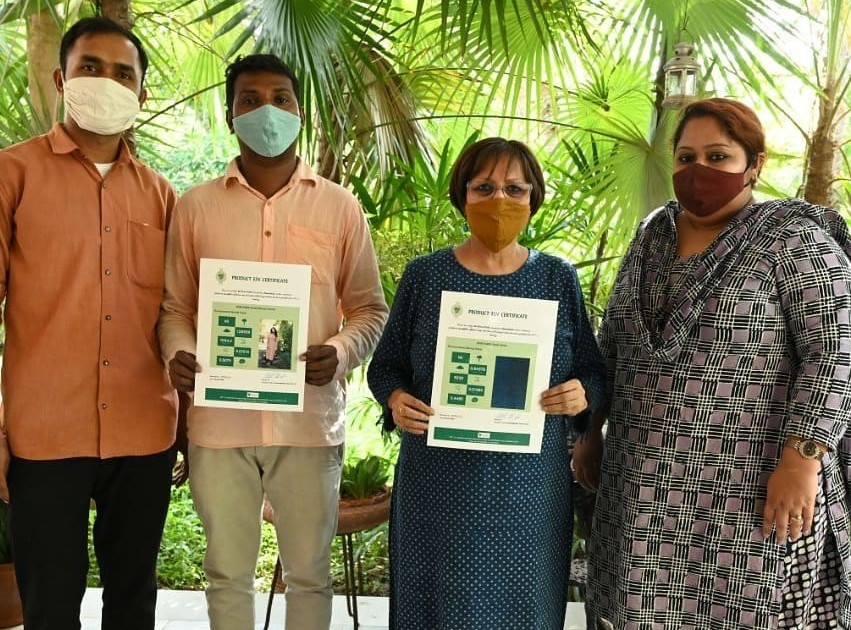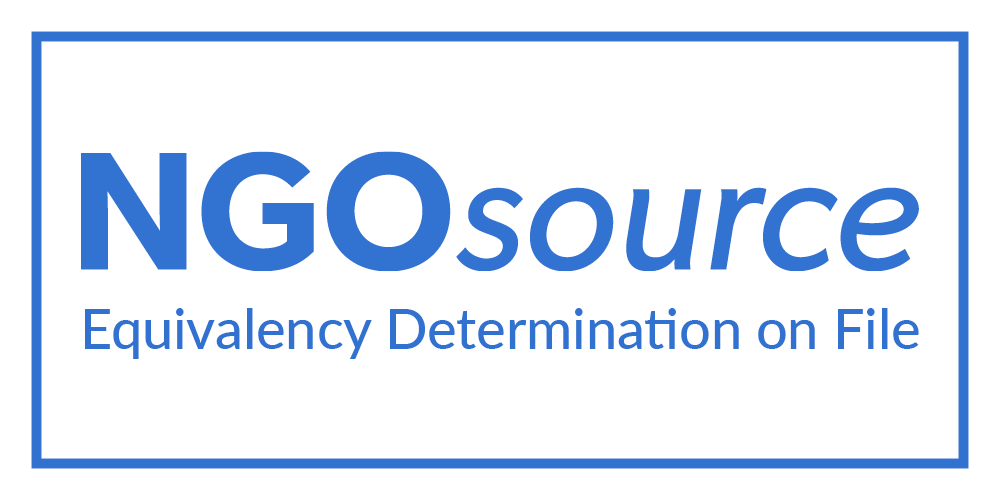India is the second largest producer and exporter of fabrics and clothing in the world. During the COVID-19 pandemic, India saw thousands of its artisans, who solely depended on exhibitions and shop orders, losing their livelihood. Shailini Seth Amin, founder and senior partner at Women on Wings’ partner MORALFIBRE shares how she sees the crafts sector can contribute to achieving various SGDs in a post COVID-19 era.
Providing relief
During the first COVID-19 lockdown, artisans had large stocks unsold and no way of getting new orders or money. Many craft activists and enthusiasts got working through Creative Dignity and other organizations. Women on Wings and many of its partners became part of the Creative Dignity movement that has brought together many organizations and individuals with the aim to provide relief and rejuvenate artisans in a bid to ensure their sustained livelihood. The ‘Karigars’ – artisans and the ‘handcrafted’ movement – lead the sector to the most insightful solutions in achieving the SDGs.
Handloom saves CO2
In India, 20 million people depend on weaving and related activities. Shailini Sheth Amin, founder and senior partner at Women on Wings’ partner MORALFIBRE: “It is calculated that about 1.1 tons of CO2 is cut by using handloom produced fabric rather than power loom produced fabric. Therefore, a transition to handwoven fabrics and away from fossil fuel powered looms could potentially save millions of tons of CO2 each year. Handweaving and hand production becomes more pertinent in the climate, ecological and social crisis.”
Commercially viable
Traditional, local and labor-intensive craft based manufacturing, has the capacity to deliver large employment numbers, and meaningful work, when it engages efficiently with modern markets. Relatively frugal capital expenditure, tooling and low energy costs, allow for more jobs to be created with lower capital investment, and a smaller environmental footprint. Today labor is a tiny fraction of the ‘free on board’ price of a piece of clothing, approx. 3-5%. Due to less infrastructure costs, the handspun, handwoven makes it possible that up to 30% can be for the maker and still be commercially viable. This promotes livelihoods, gender equality, rural development and self-determination and could contribute to the Just Transition for the fashion industry.
Track savings in CO2 emission
Along with that, MORALFIBRE is working to take its environment commitment to a new level. Continues Shailini: “We have applied a revolutionary term ESV (Environmental Saving Value) and use a technique to calculate ESV for fabrics and other products. ESVs show that we are making savings in actual numbers compared to using products made by standard mill fabrics. We track savings in CO2 emission; also track parameters like trees saved, water saved, land pollution saved, water pollution saved, and air pollution saved. What if we all, one at a time, start achieving those CO2 savings numbers?”
Inclusive and low carbon future
This sector urgently needs investment and for brands to set part of their buying budgets aside for carbon negative handwoven fabrics. The new textile story that is emerging from India brings together business strategy, design thinking, execution, inclusive ownership and capital, and can be a decisive force to create employment, without costing the earth. “It will help create a new and gentler capitalism, for more purposeful lives. The story is about bringing values and ethics back to clothing in a highly consumerist world community that is distorting our behavior and destroying our soul. It looks like we are turning a full circle here! The textiles and crafts that grew out of human talent and energies and respected nature and the environment brought our Indian communities huge prestige and prosperity in the past. In its transformed ‘avatar’, it is the handmade that would take us to the more inclusive and fulfilling low carbon future for us and the generation to come after us,” Shailini concludes.
Image: Shailini (second right) and her team with ESV certificates


